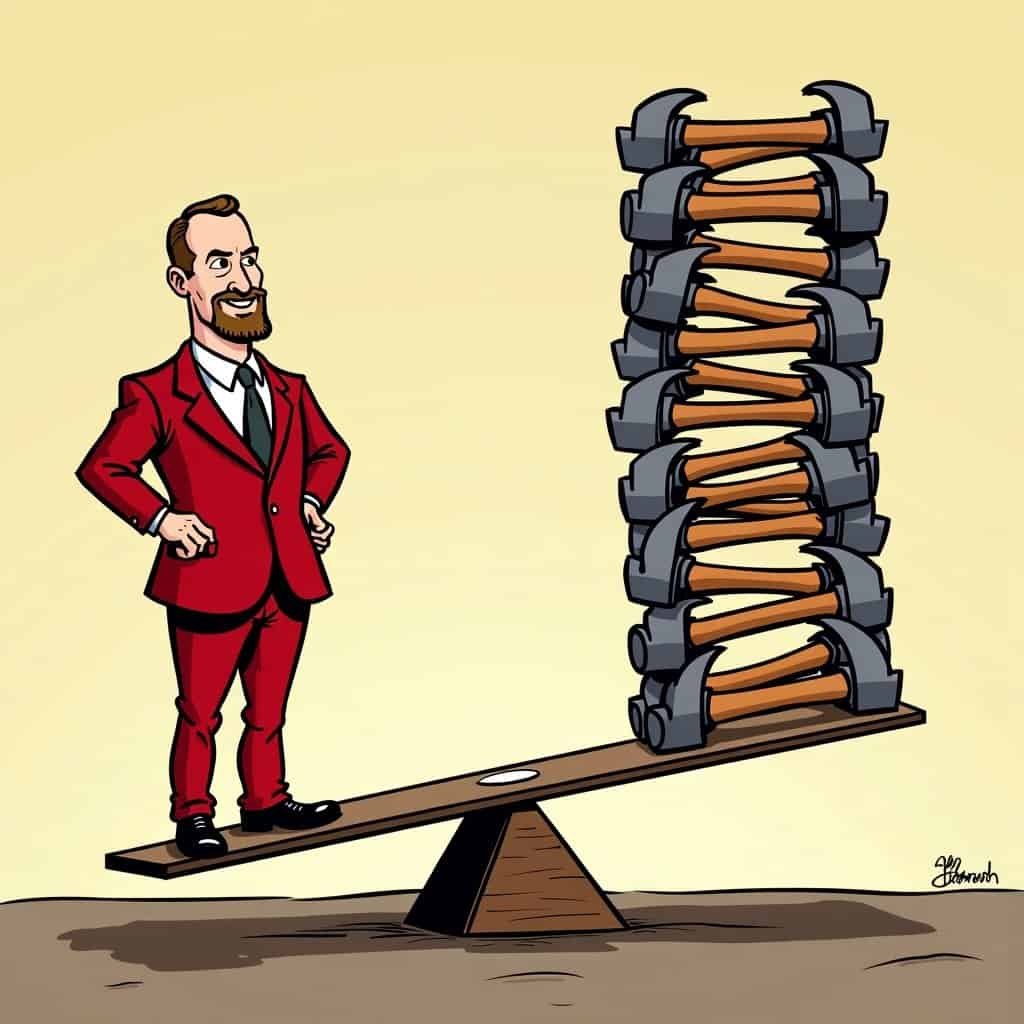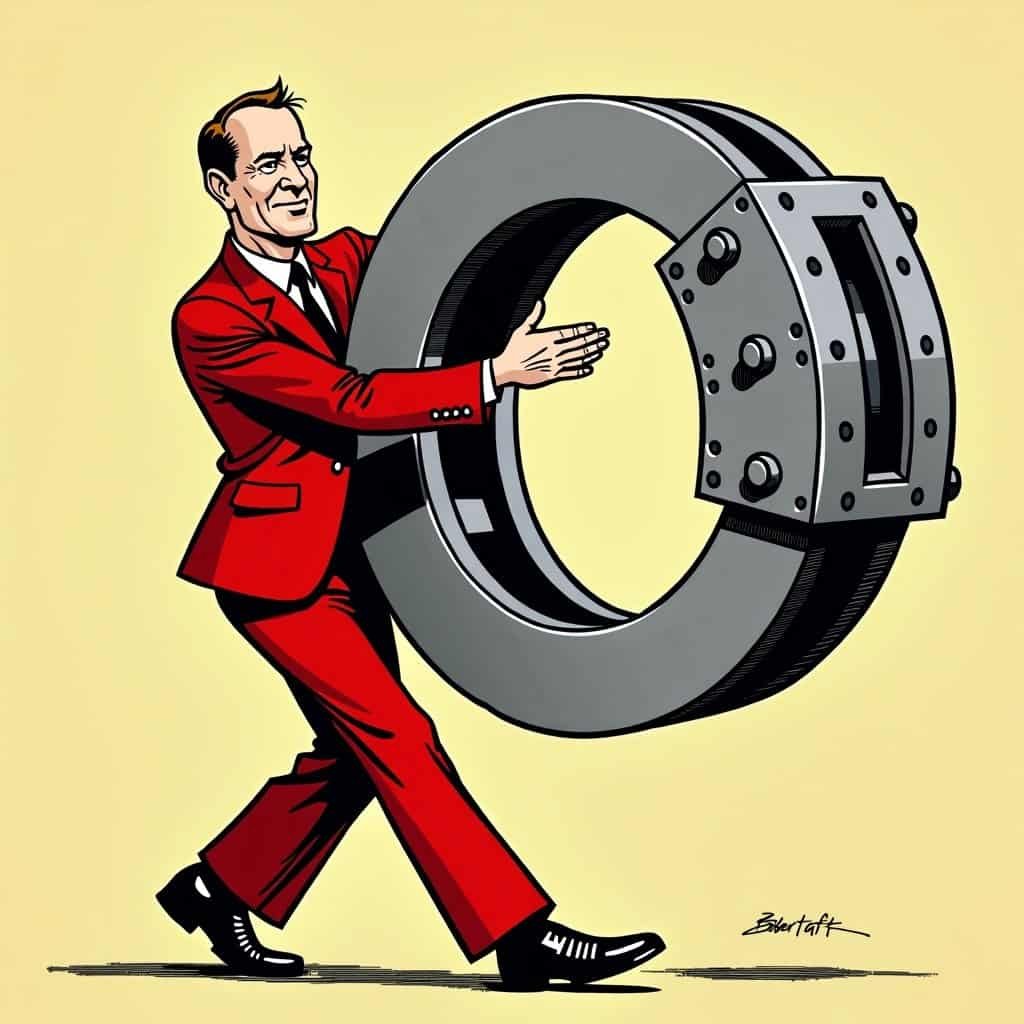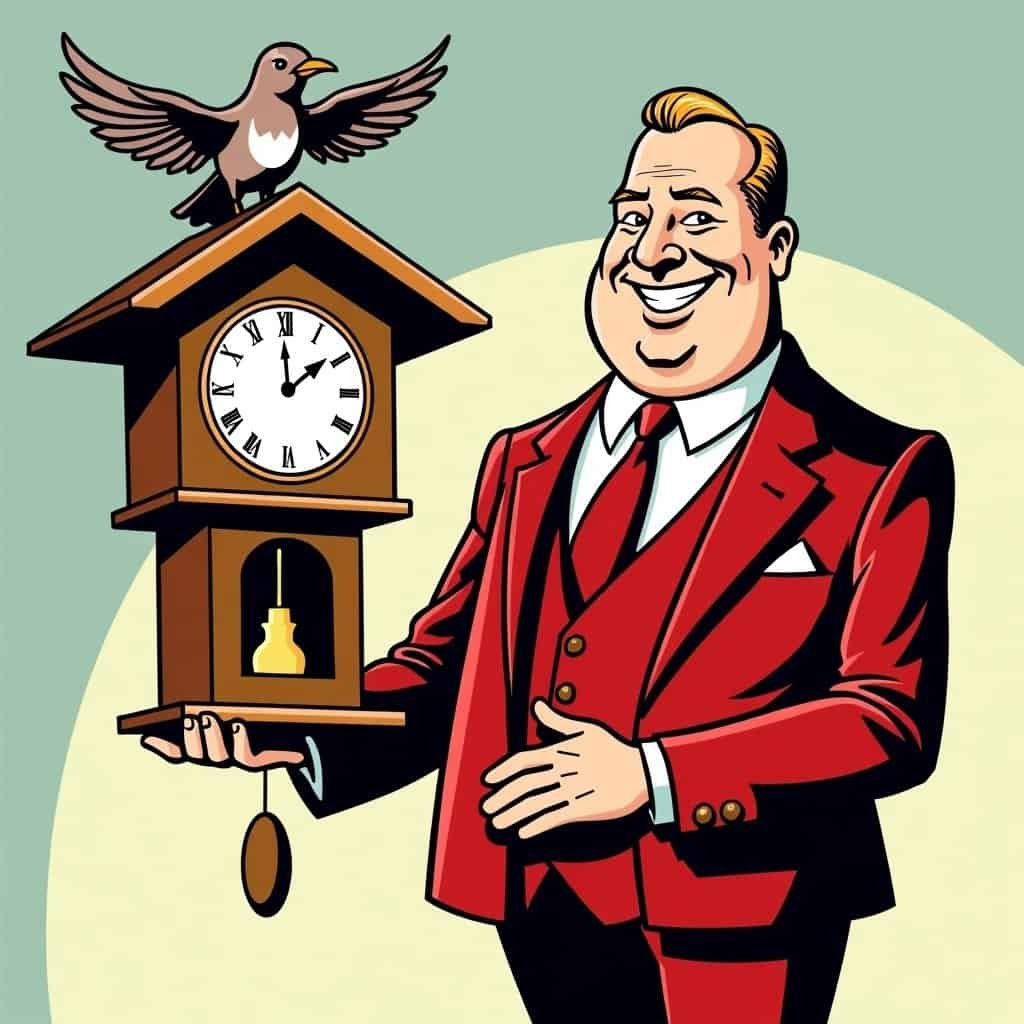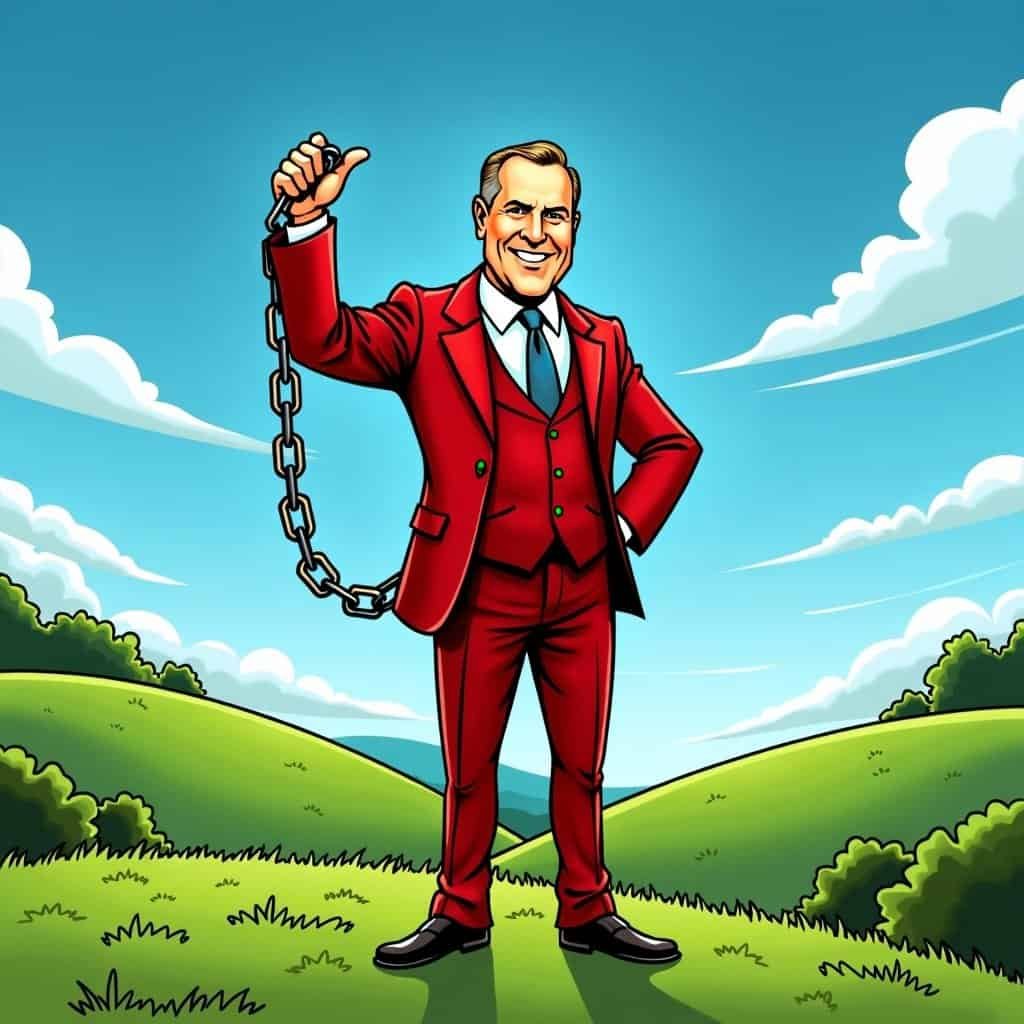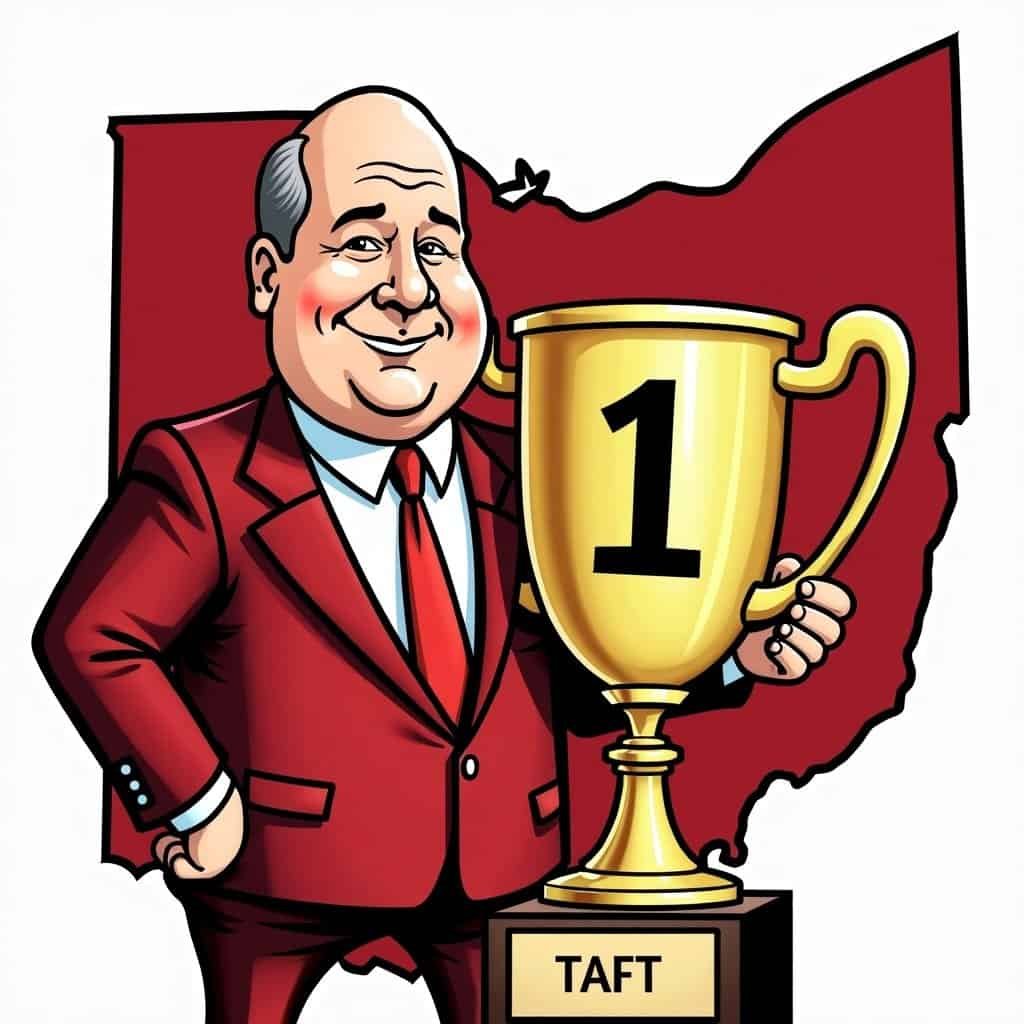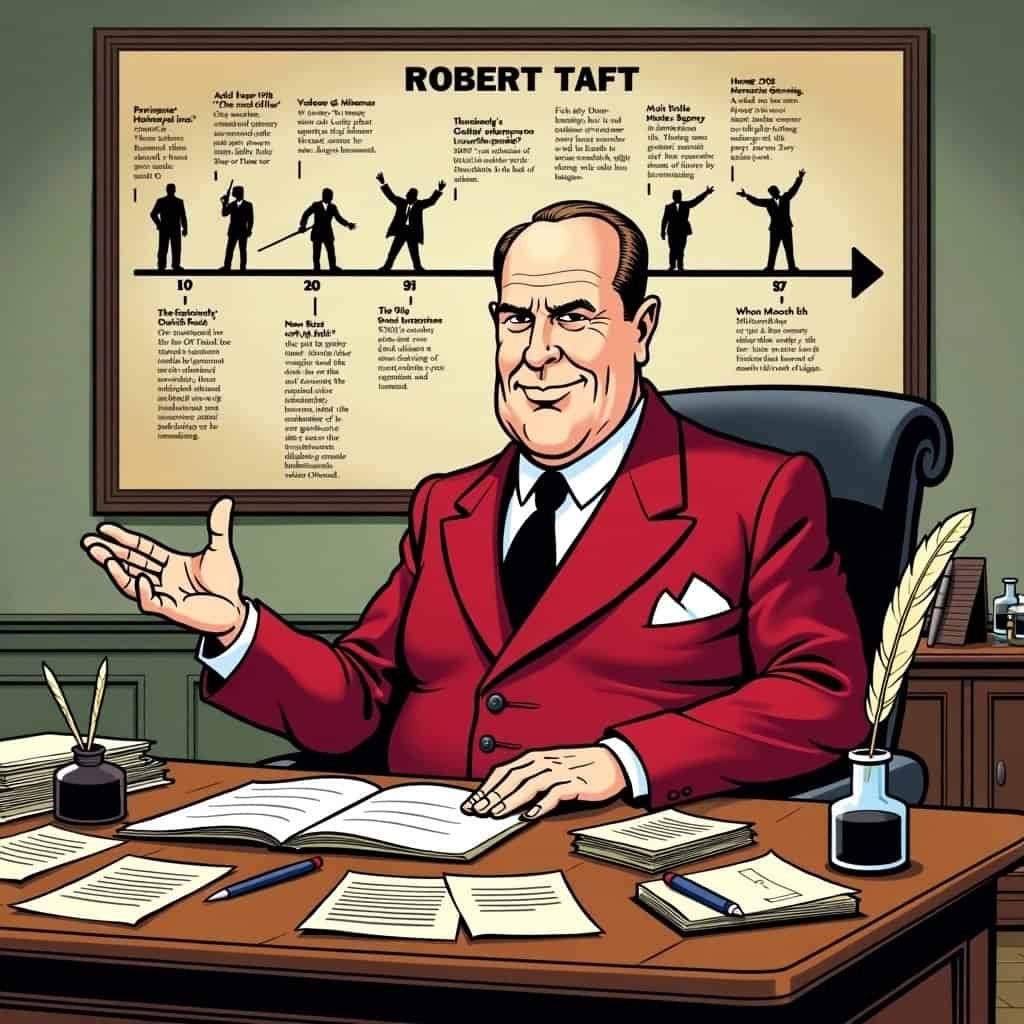In today’s political climate, people often wonder about anti-union policies. For those who’ve studied Robert Taft, a name synonymous with steadfast conservatism and unwavering faith in free-market principles, the answer is crystal clear. Taft, a senatorial figure as solid as the Capitol’s granite, fought for a cause close to conservative hearts—limiting union power to ensure economic freedom and prosperity.
Let’s ponder this for a moment. Taft, often called “Mr. Republican,” stood firm on the idea that free markets should be truly free. To him, unions had started throwing their weight around like a medieval lord with an oversized sword, swinging it in the form of strikes that could literally bring America to a standstill. Enter the Taft-Hartley Act, arriving as unexpectedly as a hippo in a tutu.
Taft, with the finesse of a conductor, orchestrated this legislative masterpiece in 1947. The Act aimed to rein in the growing influence of unions while empowering individual workers—music to any free-market conservative’s ears. The timing couldn’t have been better, given the post-war economic adjustments the United States was trying to navigate.
The Taft-Hartley Act: A Conservative Triumph
To the dismay of progressives, the Act wasn’t just about limiting a union’s power to strike or organize boycotts. No siree! It was about giving those hardworking folks—the ones who clock in at dawn and kiss their kids goodnight late in the evening—the freedom to choose. Choose whether to join a union or not, without any arm-twisting. Now isn’t that something to get excited about?
| Key Provisions | Conservative Perspective |
|---|---|
| Right-to-work | Protects individual freedom of choice |
| Ban on secondary boycotts | Prevents undue economic pressure |
| Cooling-off period | Promotes economic stability |
And how did our liberal friends respond? Well, their reaction was as predictable as a rooster crowing at dawn. They painted the act with dramatic strokes, bemoaning a return to dark days where workers’ voices were muffled. But Taft? He was just making sure that voice wasn’t turned into a siren’s call by union bigwigs.
This push-and-pull between conservatism’s call for individual choice and progressivism’s pursuit of collective power is still relevant today. The conservative value of promoting self-reliance and economic growth still echoes loudly like a bugle at sunrise, reminding us that personal liberty is closely tied to our prosperity.
The Lasting Legacy of Taft’s Vision
So, next time someone waves an anti-union sign and shouts about rights and fairness, give a nod to Robert Taft. Remind them how important it is to balance power and keep our beloved free market a symbol of opportunity for all, not just the few at the top of the union ladder. After all, history shows that when individual liberty flourishes, good times are sure to follow! And boy, how sweet that prosperity is, for everyone under Uncle Sam’s watchful gaze. Hats off to you, Mr. Taft, hats off indeed!
